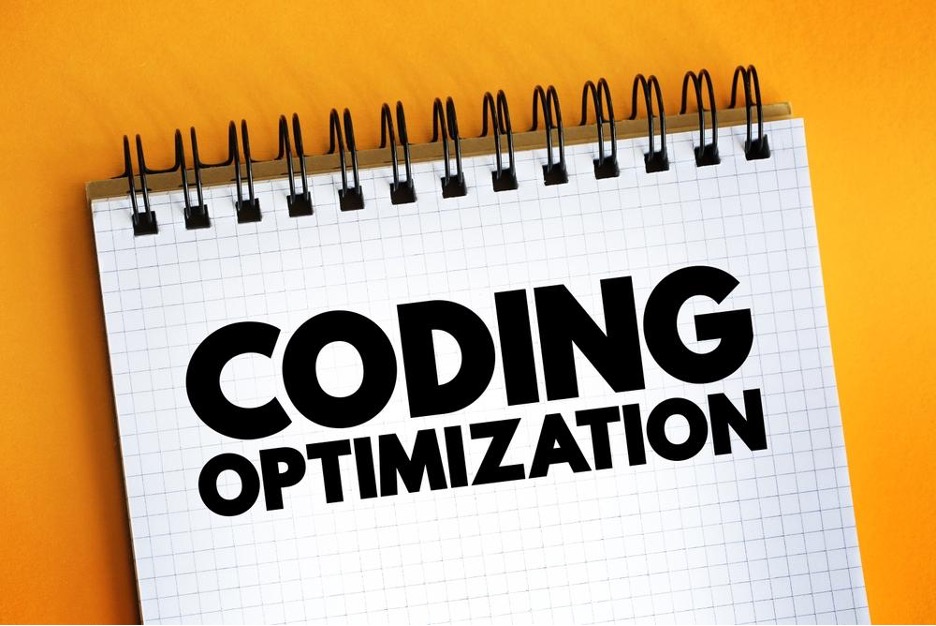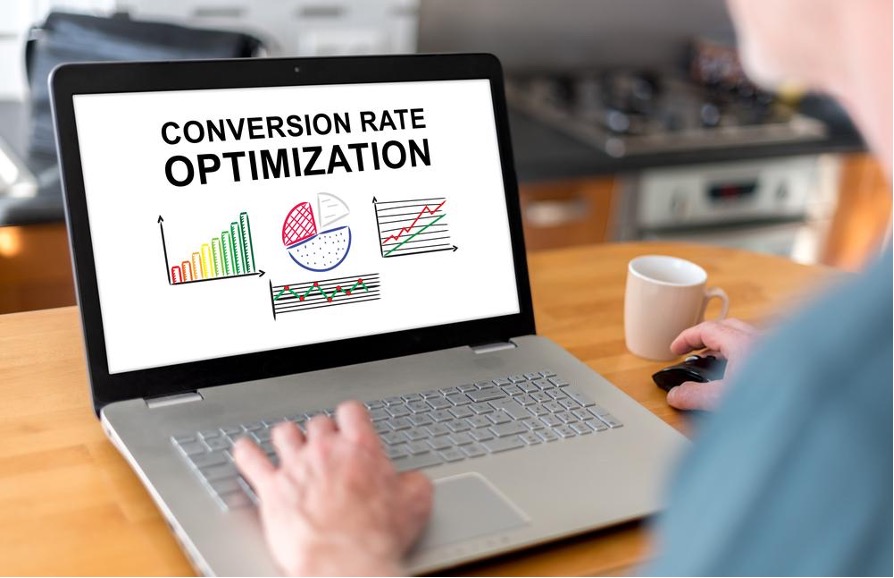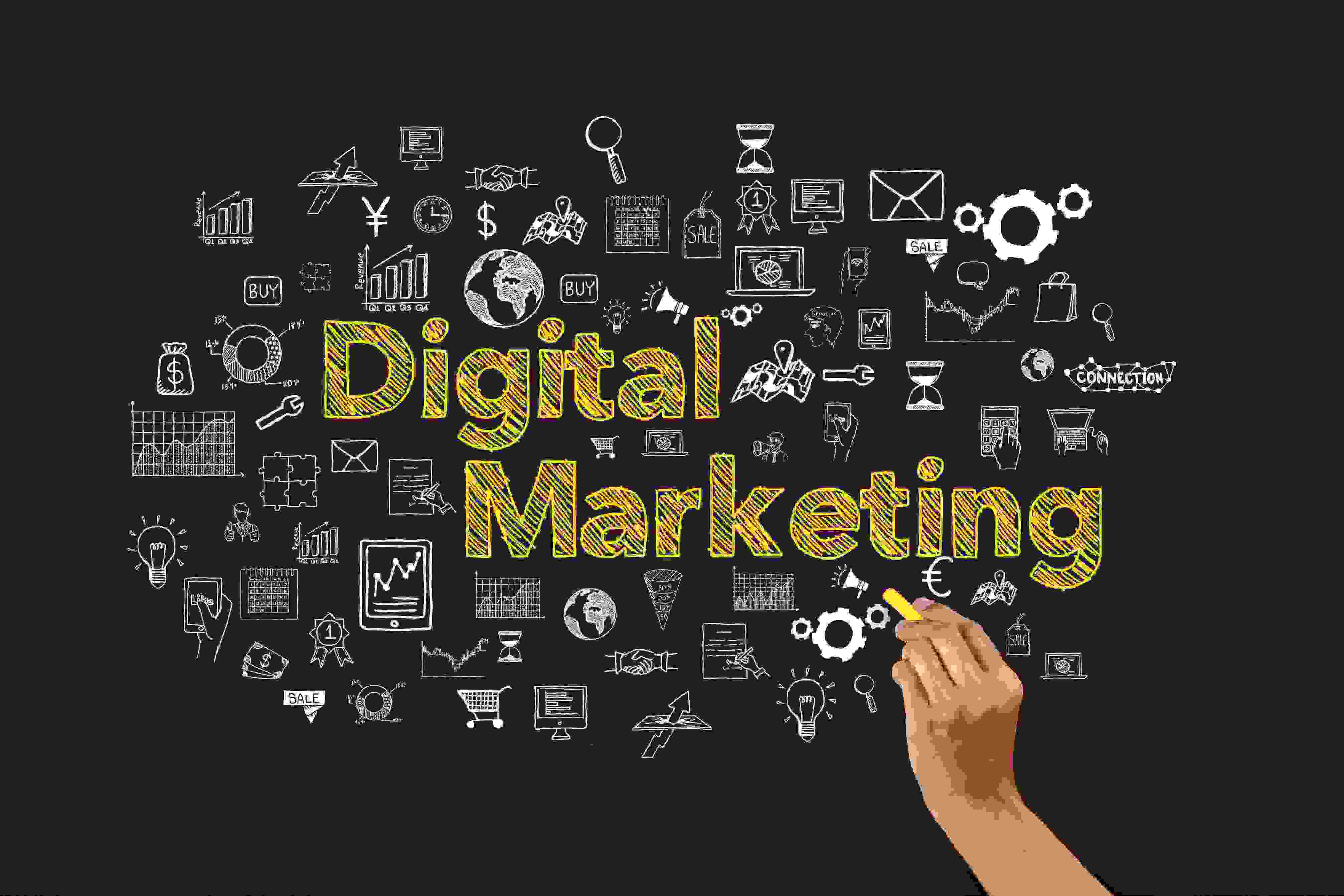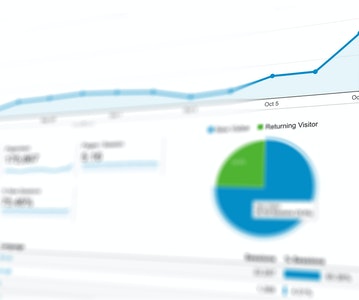This article is about Digital Marketing
Performance Marketing 101: A Beginner's Guide
By NIIT Editorial
Published on 20/06/2023
When it comes to digital advertising, performance marketing is one of the most used strategies because of its emphasis on quantifiable outcomes. It's a method of advertising that relies on quantitative data to monitor and enhance the efficacy of marketing efforts. This article will explain what performance marketing is, why it's so important in the modern digital world, and what makes a performance marketing campaign effective.
Clicks and conversions are examples of behaviours that may be rewarded monetarily in performance marketing. Costs for advertisers are kept low since they are charged only when their advertisements get a positive response.
Since more and more content competes for users' attention online, performance marketing is more vital than ever. With its help, marketers may more effectively communicate with their intended audience and monitor the efficacy of their advertising initiatives.
Online advertising through search engine marketing (SEM), social media marketing (SMM), and affiliate marketing are all examples of performance marketing strategies and approaches. These methods use data and statistics to gauge success and fine-tune campaigns to reach the intended demographic.
Table of Contents:
- Understanding Performance Marketing
- Key Components of Performance Marketing
- Performance Marketing Channels
- Key Metrics in Performance Marketing
- Benefits of Performance Marketing
- Creating a Performance Marketing Campaign
- Challenges in Performance Marketing
- Conclusion
Key Components of Performance Marketing
1. Ad Networks and Publishers
Networks that facilitate the exchange of advertising space between publishers and advertisers are known as ad networks. Advertisements on the web are shown by publishers, which may be websites, mobile applications, or any number of other digital mediums.
Popular Ad Networks and Publishers:
Google AdWords, Facebook Ads, Amazon Advertising, and Taboola are just a few of the most well-known ad networks and publishers.
2. Targeting and Segmentation
Advertisers utilise targeting and segmentation to get their messages in front of the correct people. To reach the most appropriate audience, you may "target" them based on their demographics, interests, or habits. Segmentation is the process of breaking down a broad target population into more manageable subsets based on their commonalities.
Popular Targeting and Segmentation Strategies:
Geographical targeting, demographic targeting, interest targeting, and behaviour targeting are all common forms of segmentation and targeting.
C. Metrics and Analysis
To improve the efficacy of marketing efforts, metrics and analysis are employed to measure their progress. Click-through-rate (CTR), cost-per-click (CPC), conversion rate (CR), and return on advertising investment (ROI) are all examples of relevant metrics (ROAS).
Popular Metrics and Analysis Tools:
Google Analytics, Facebook Analytics, and Adobe Analytics are some of the most well-known web analytics and measurement platforms.
Performance Marketing Channels
1. Search Engine Marketing (SEM)
Ads on popular SEs like Google and Bing make up Search Engine Marketing (SEM). The point of search engine marketing is to connect with people at the precise moment they are looking for a product or service like the one being advertised.
Popular SEM Tools:
Google AdWords, Microsoft Bing Ads, and Yahoo Search Ads are all examples of well-known SEM solutions.
2. Social Media Advertising
Ads on social media sites like Facebook, Twitter, and Instagram are examples of social media advertising. Marketers utilise social media ads to get in front of people who are already considering buying their product or service.
Popular Social Media Advertising Platforms:
Advertising on Facebook, Twitter, and LinkedIn are some of the most widely used kinds of social media marketing.
3. Affiliate Marketing
Affiliate marketing is a kind of pay-for-performance advertising in which publishers get a cut of sales generated by their referrals. Affiliates advocate for the advertiser's product or service in front of their target demographic in exchange for a financial reward.
Popular Affiliate Marketing Networks:
Amazon Associates, ClickBank, and ShareASale are just a few of the many affiliate marketing networks available.
Key Metrics in Performance Marketing
1. Click-Through Rate (CTR)
Click-through rate (CTR) measures how many people interact with an advertisement. A high CTR shows that the ad captured the attention of its intended demographic.
2. Cost Per Click (CPC)
The price of one ad click, or CPC. When a user clicks on an ad, the advertiser gets charged.
3. Conversion Rate (CR)
Conversion rate (CR) refers to the proportion of people who take the next step after clicking an advertisement, such as completing a purchase or submitting a form.
4. Return on Ad Spend (ROAS)
Return on ad spend measures how much money can be made from a single ad campaign. Successful advertising campaigns often have a high Return on Ad Spend (ROAS).
Benefits of Performance Marketing
1. Cost-Effective Advertising
Advertisers only pay for successful outcomes in performance marketing, such as clicks or conversions, making it a very efficient kind of advertising. They may then fine-tune their efforts to get the most out of their advertising budget.
2. Precise Targeting
Advertisers may use performance marketing's targeting and segmentation tools to deliver their messages in front of the right people. This makes sure the commercials are interesting and relevant to the target demographic, which boosts sales.
3. Improved ROI
Performance marketing may increase ROI for businesses by monitoring and enhancing the efficacy of their advertising efforts.
4. Performance Tracking and Optimization
With performance marketing, businesses can monitor the success of their initiatives in real time and adapt their strategies accordingly.
Creating a Performance Marketing Campaign
1. Defining Business Objectives
Identifying the desired outcomes for the company, like increased sales or new leads, is the first stage in developing a performance marketing strategy.
2. Target Audience Research
The next step is for marketers to study their intended demographic, interest, and behaviour patterns. Targeting and segmentation strategies may be created with the use of this data.
3. Campaign Creation and Optimization
After a demographic for a certain campaign has been established, commercials may be developed and distribution methods can be chosen. In addition, they need to fine-tune their efforts in accordance with key performance indicators.
4. Metrics Tracking and Analysis
Metrics for performance marketing initiatives need to be monitored and analysed regularly so that weak spots can be addressed and the campaigns may be fine-tuned for maximum effectiveness.
Challenges in Performance Marketing
1. Ad Fraud
Ad fraud is a significant issue in performance marketing, costing businesses billions of dollars annually due to fake clicks and impressions.
2. Ad Blocking
Ad blocking software is growing in popularity, making it harder for marketers to communicate with their intended audience.
3. Data Privacy and Security Concerns
Performance marketing has a significant challenge from rising customer awareness of data collection and its potential uses, which raises serious privacy and security issues.
Conclusion
Performance marketing is an efficient and data-driven method of advertising that has been shown to increase ROI while decreasing advertising costs. Although performance marketing faces obstacles including ad fraud, ad blocking, and data privacy issues, it is expected to remain a popular tactic among digital marketers.
It is important for individuals to enroll in a digital marketing course to understand how performance marketing allows advertisers to boost their ROI and acquire an edge in the digital marketplace.
 Sign Up
Sign Up















































































































































































































































































































































































































































































